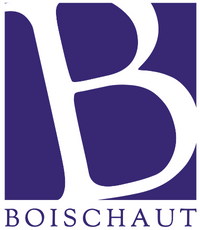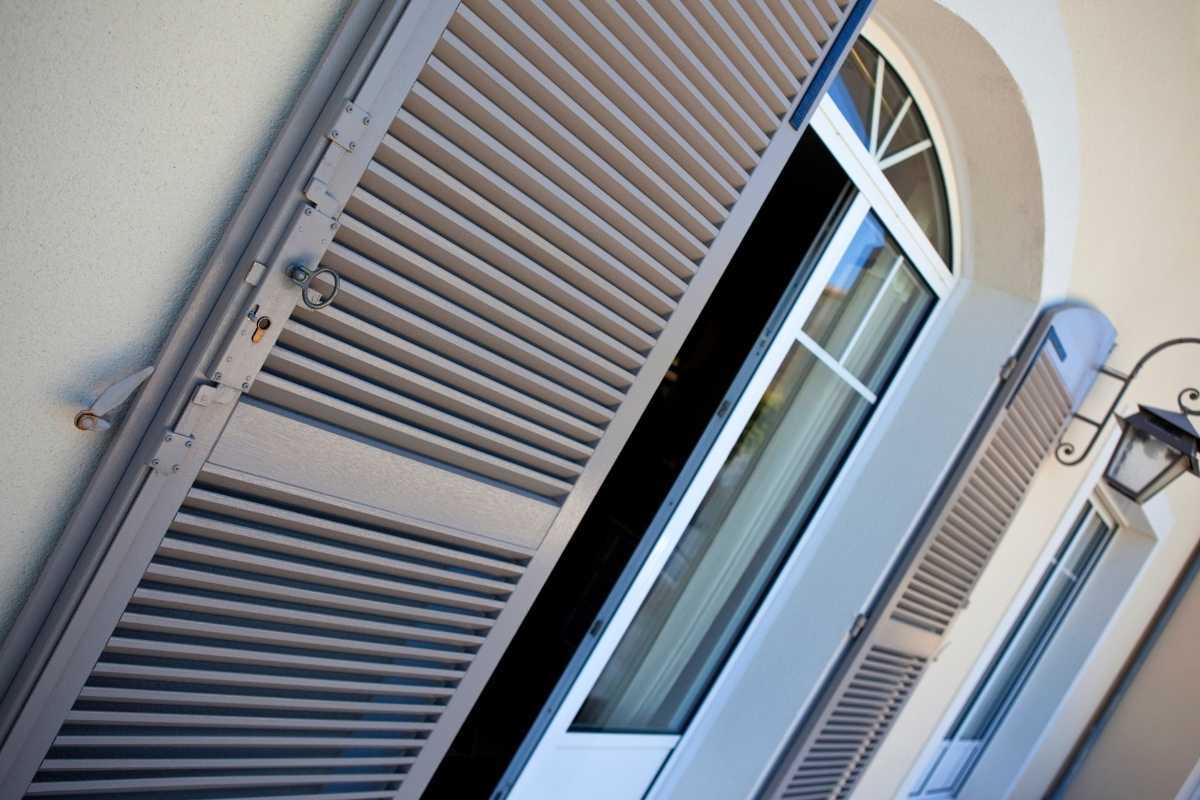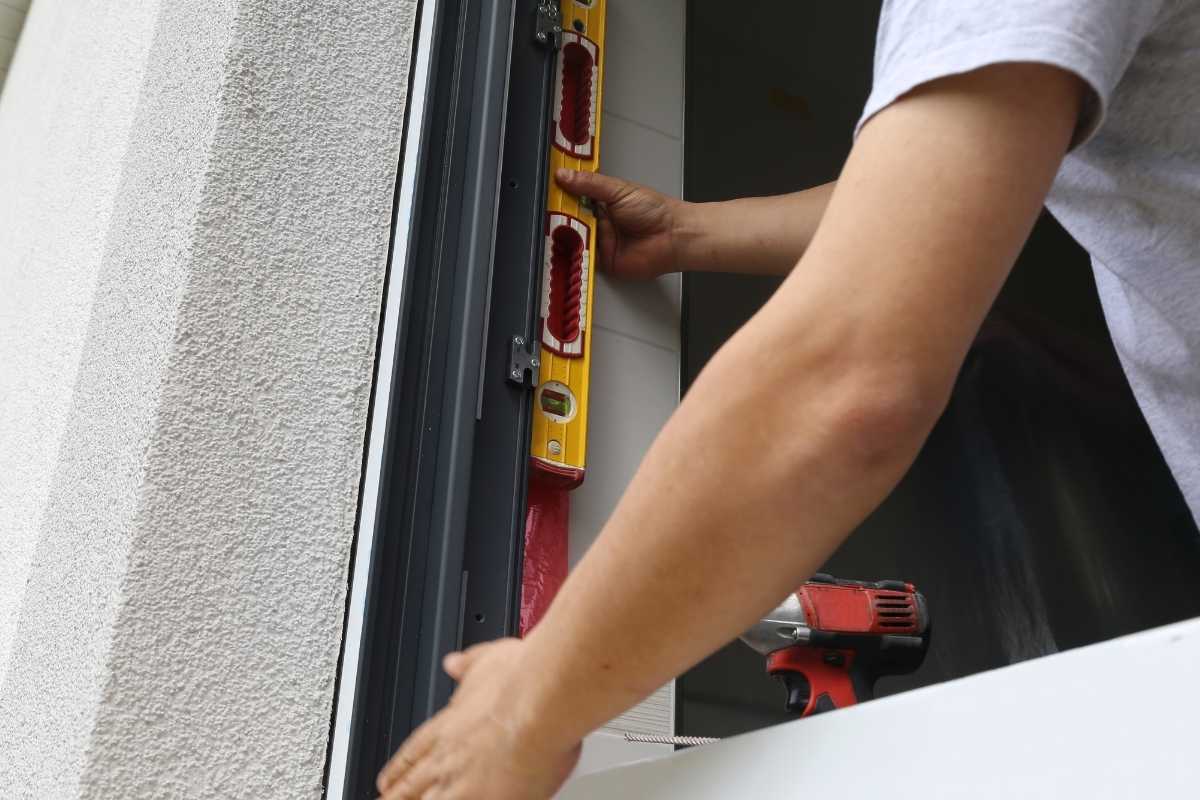Vous préférez passer par un intermédiaire ?
La maison de ventes aux enchères Boischaut, spécialiste de la vente de biens incorporels professionnels pour vous assister en tant que tiers de confiance réglementé. Elle vous assistera dans la négociation et sera séquestre des fonds pendant la transaction.
Demande d'assistanceCoût du service :
69 € HT (facturé au début et non remboursable)
+ Success fee : 200 € HT






